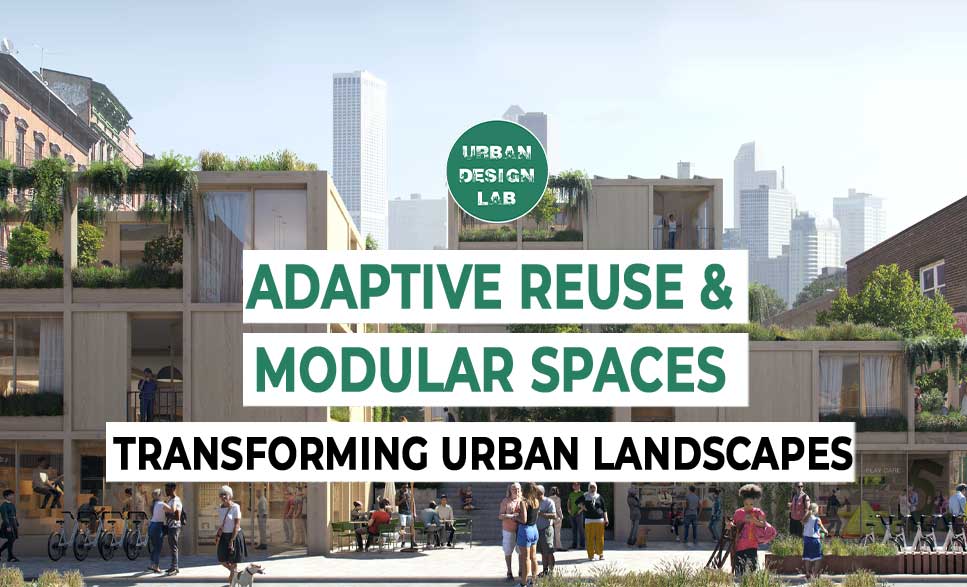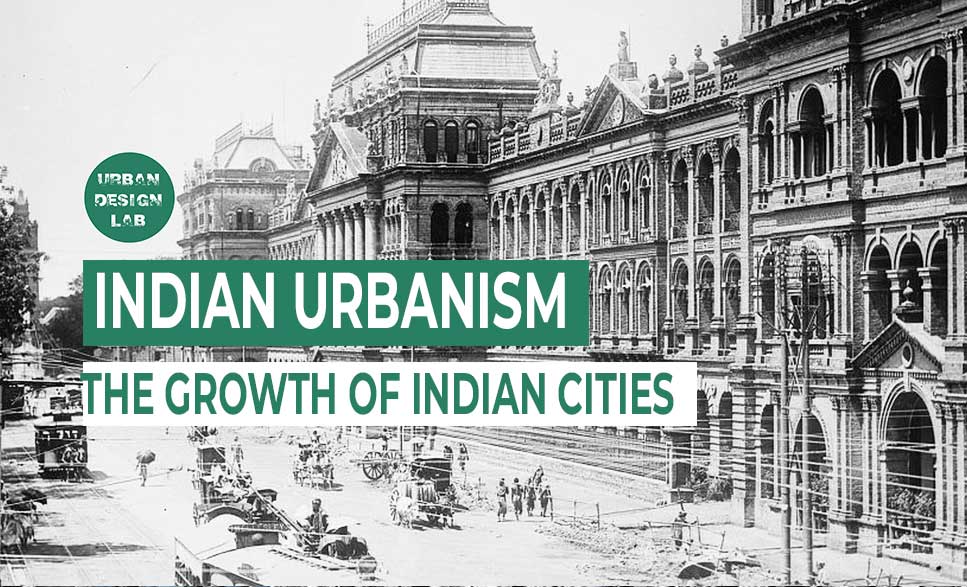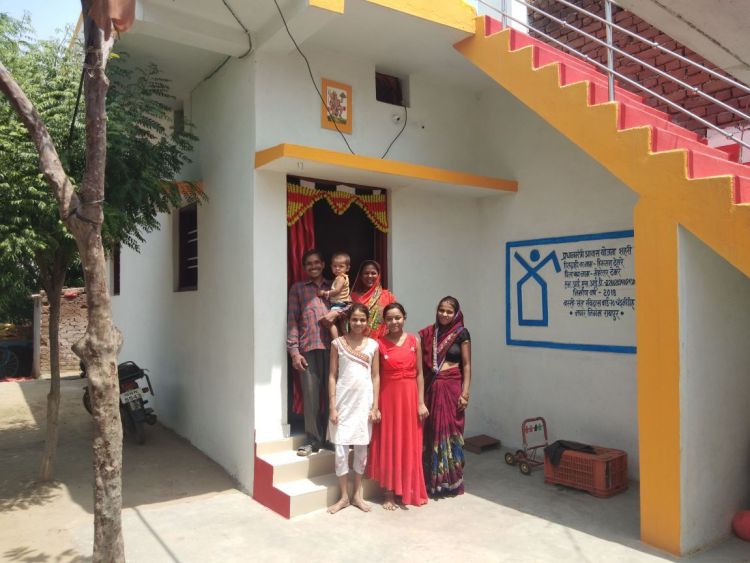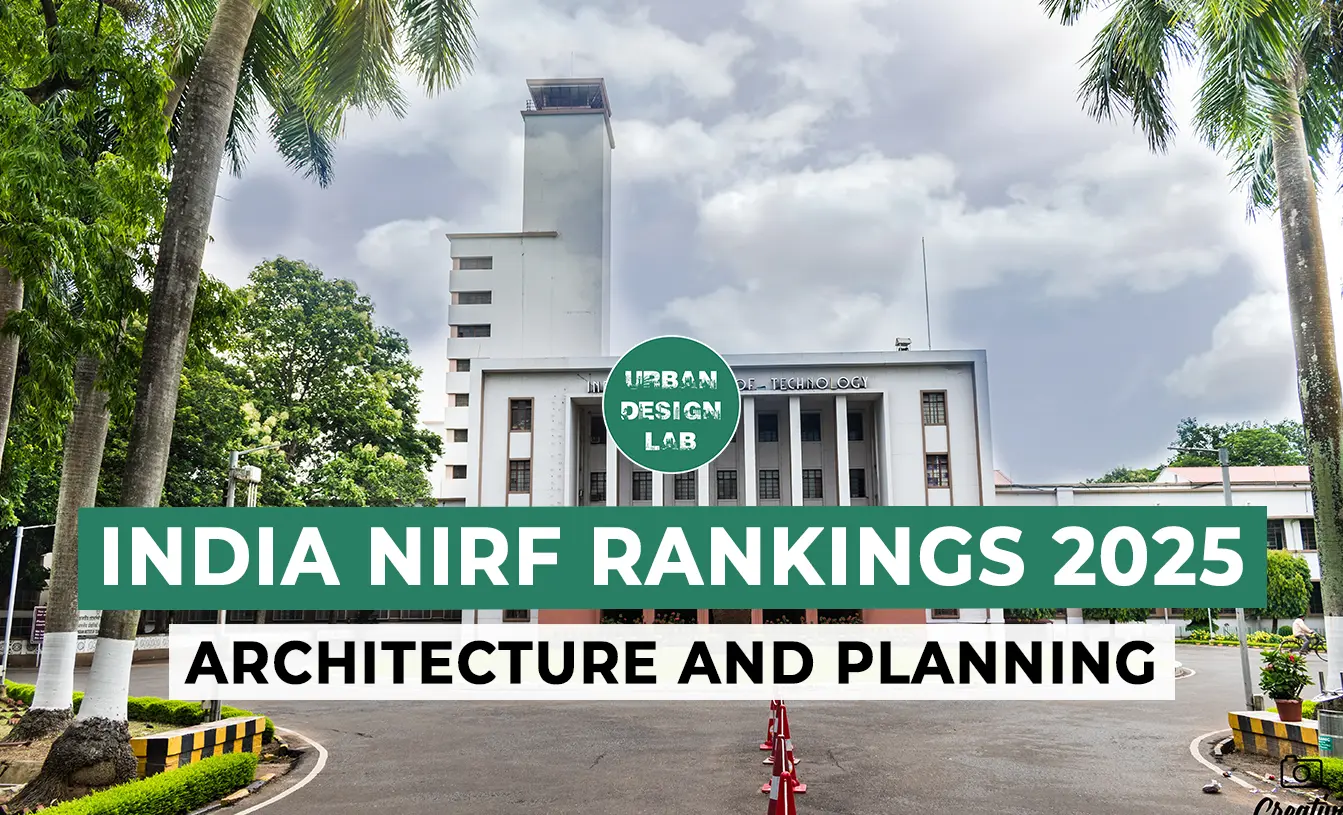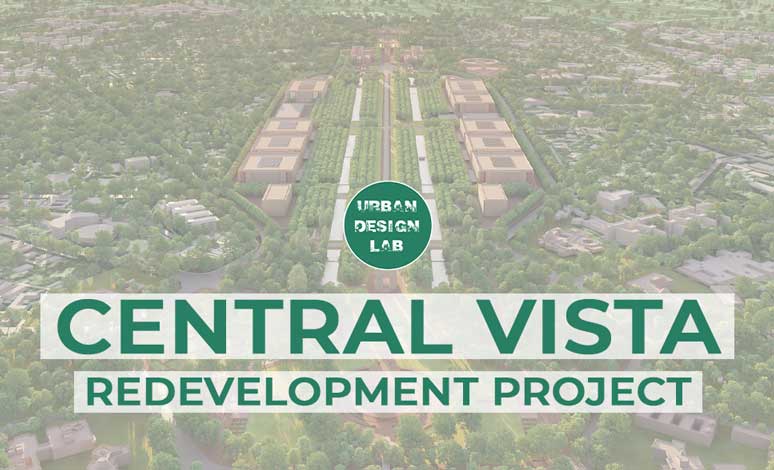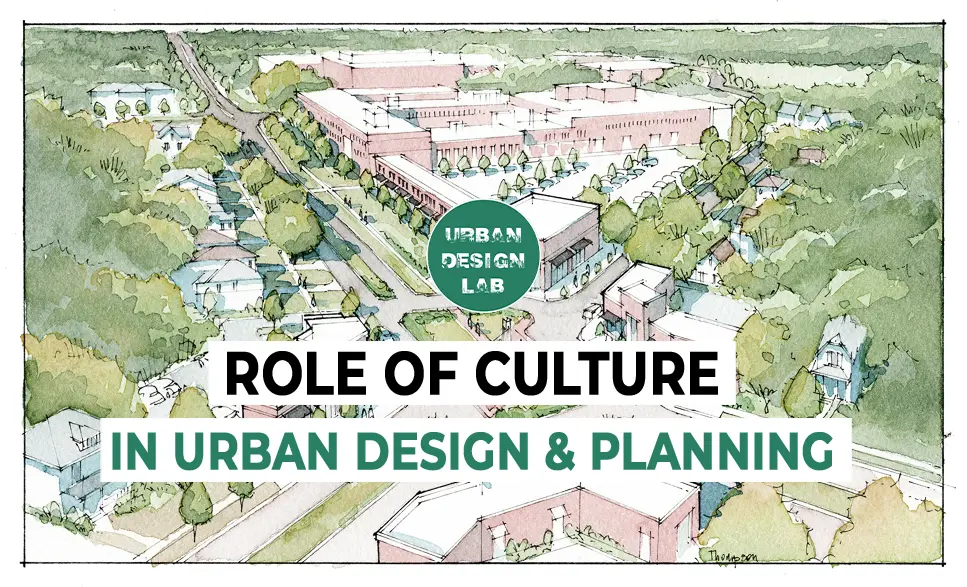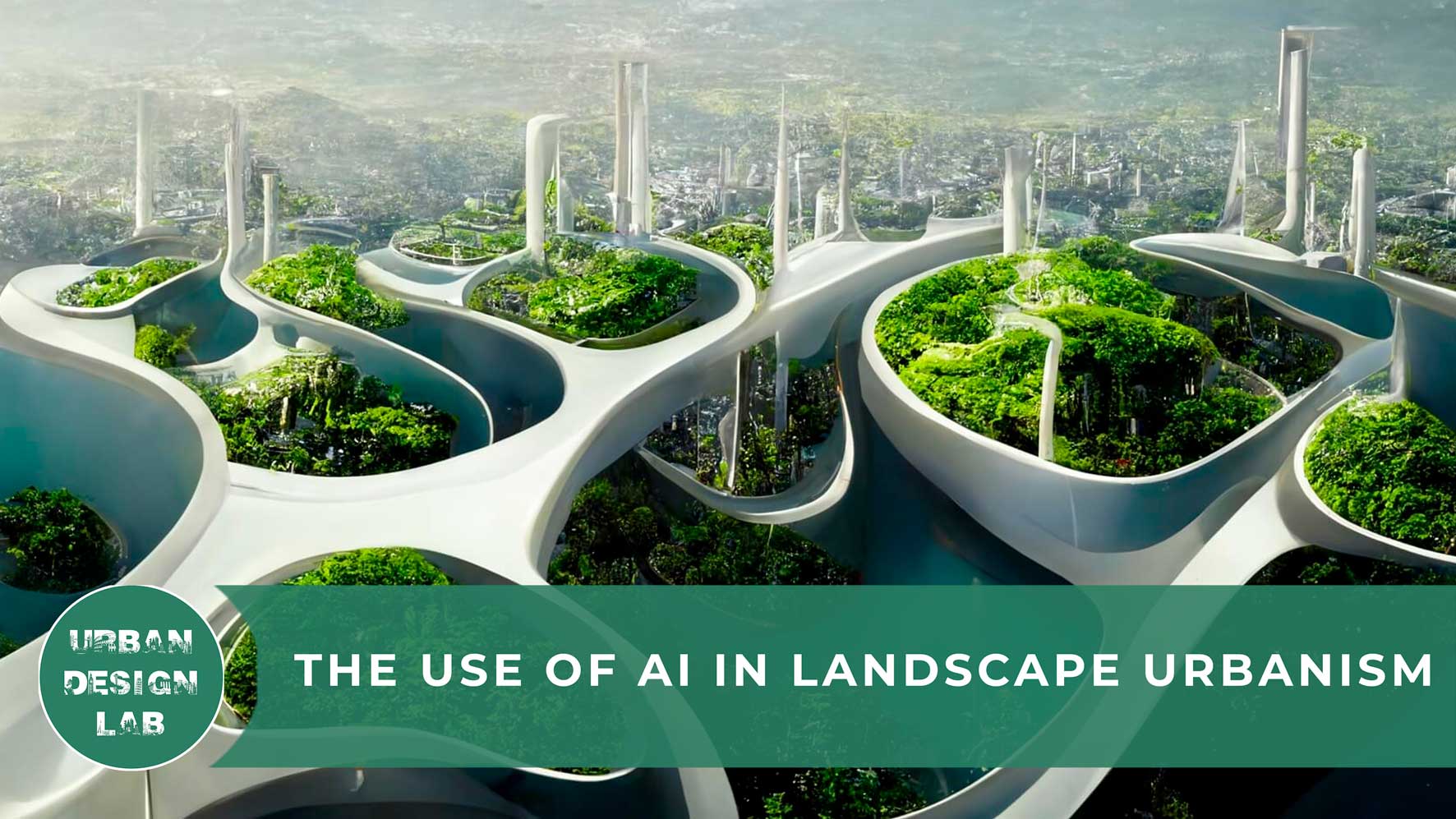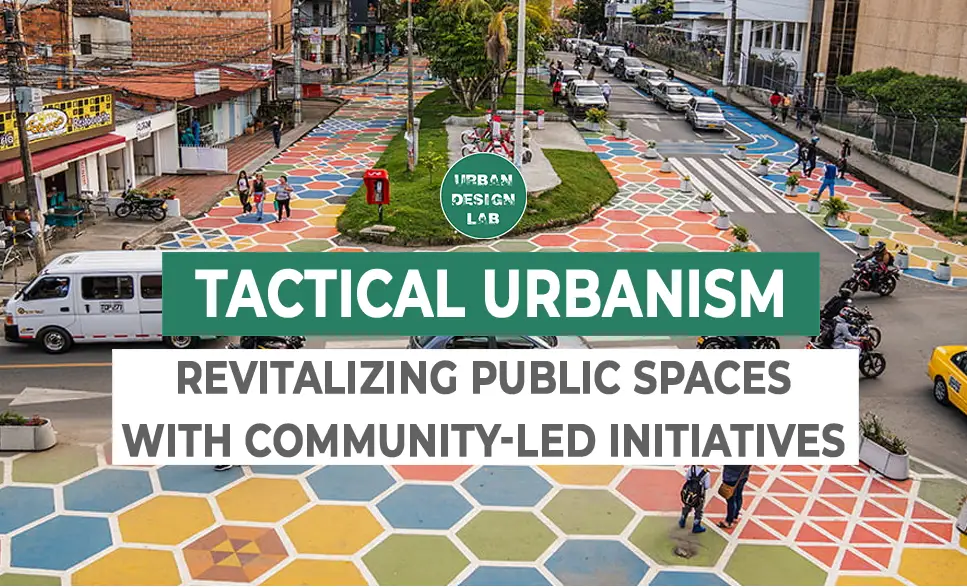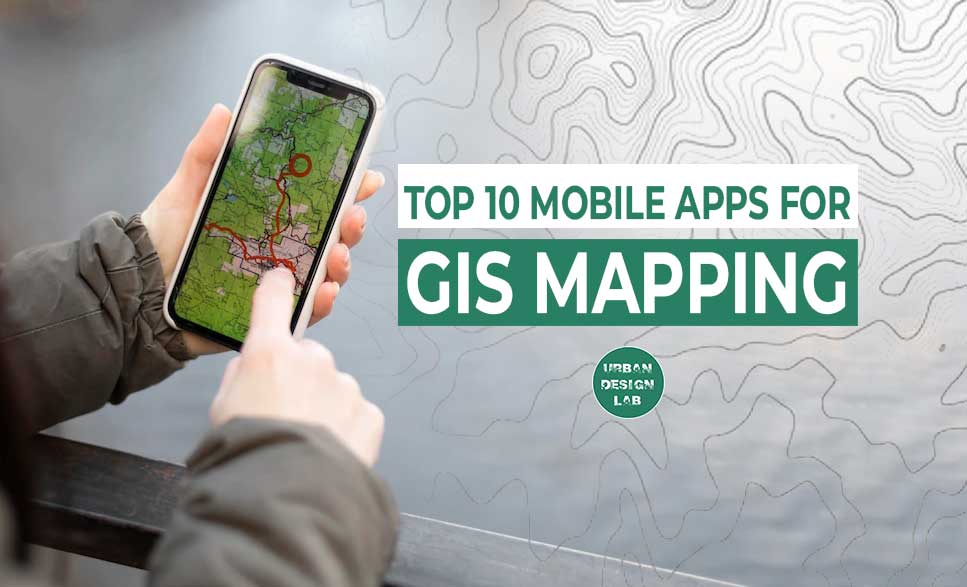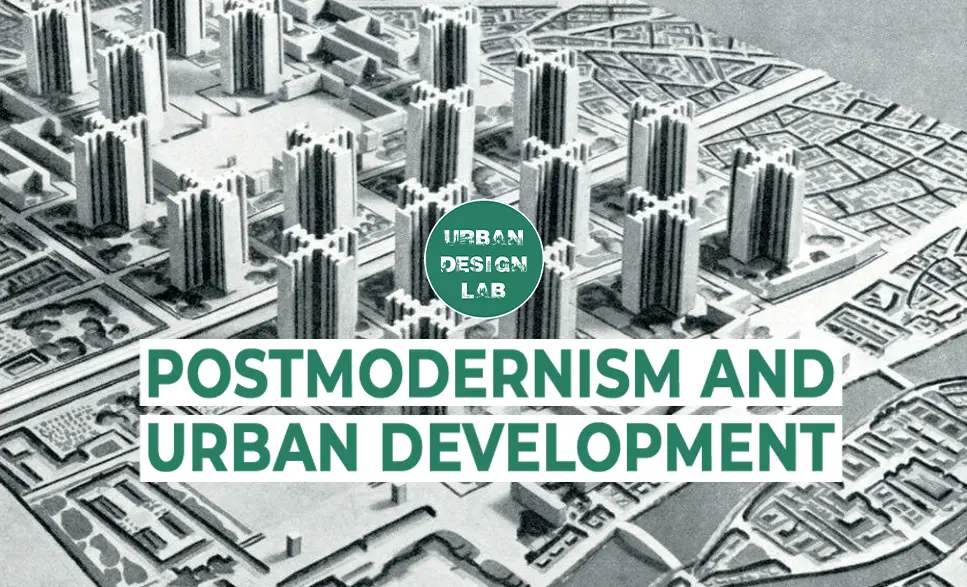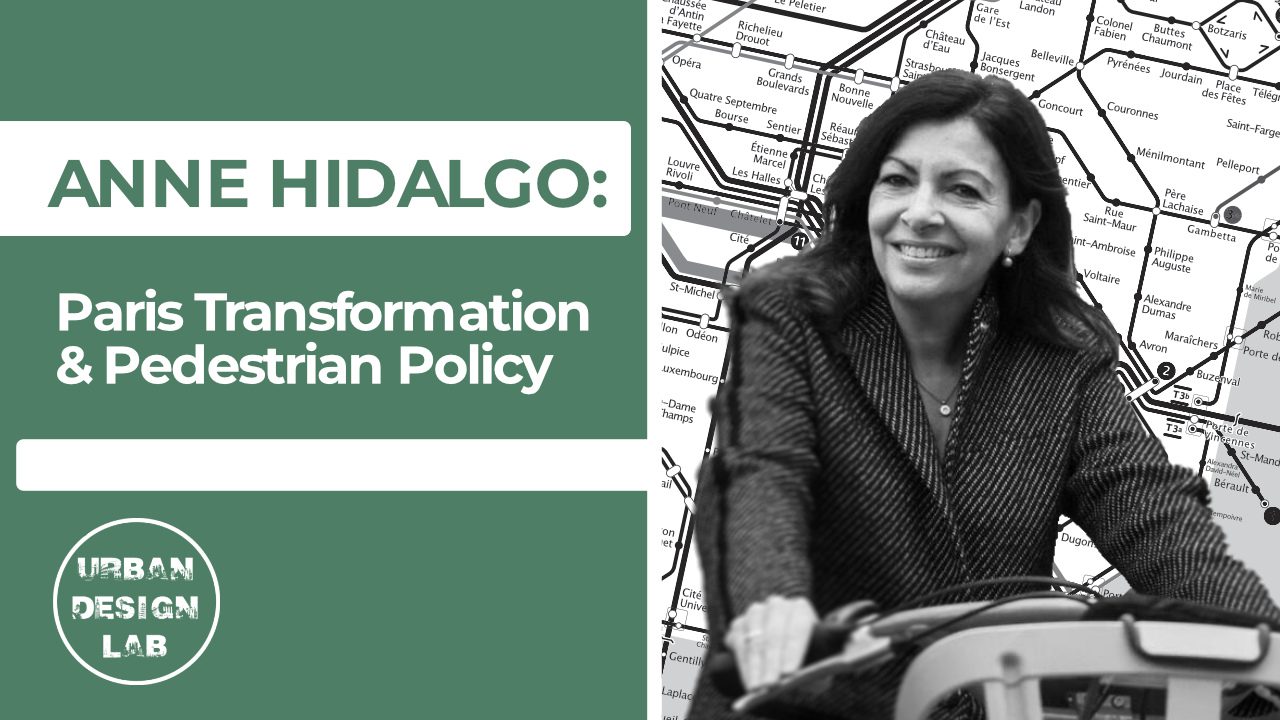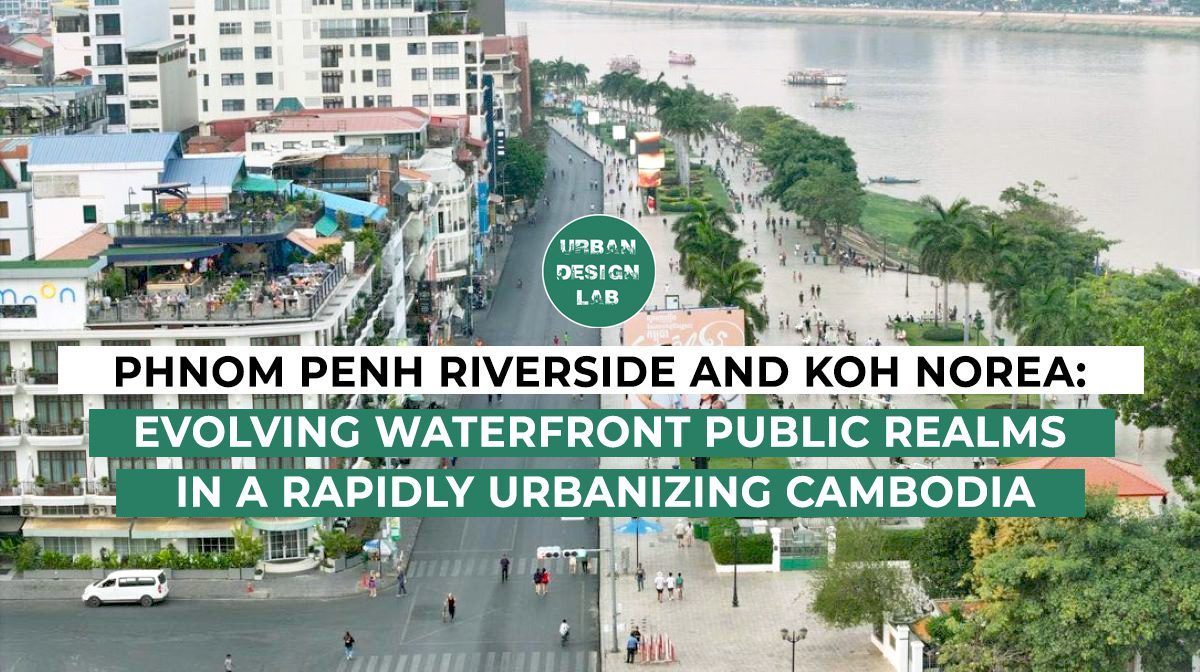
Preserving the heritage of the past for the people of today | Gehl
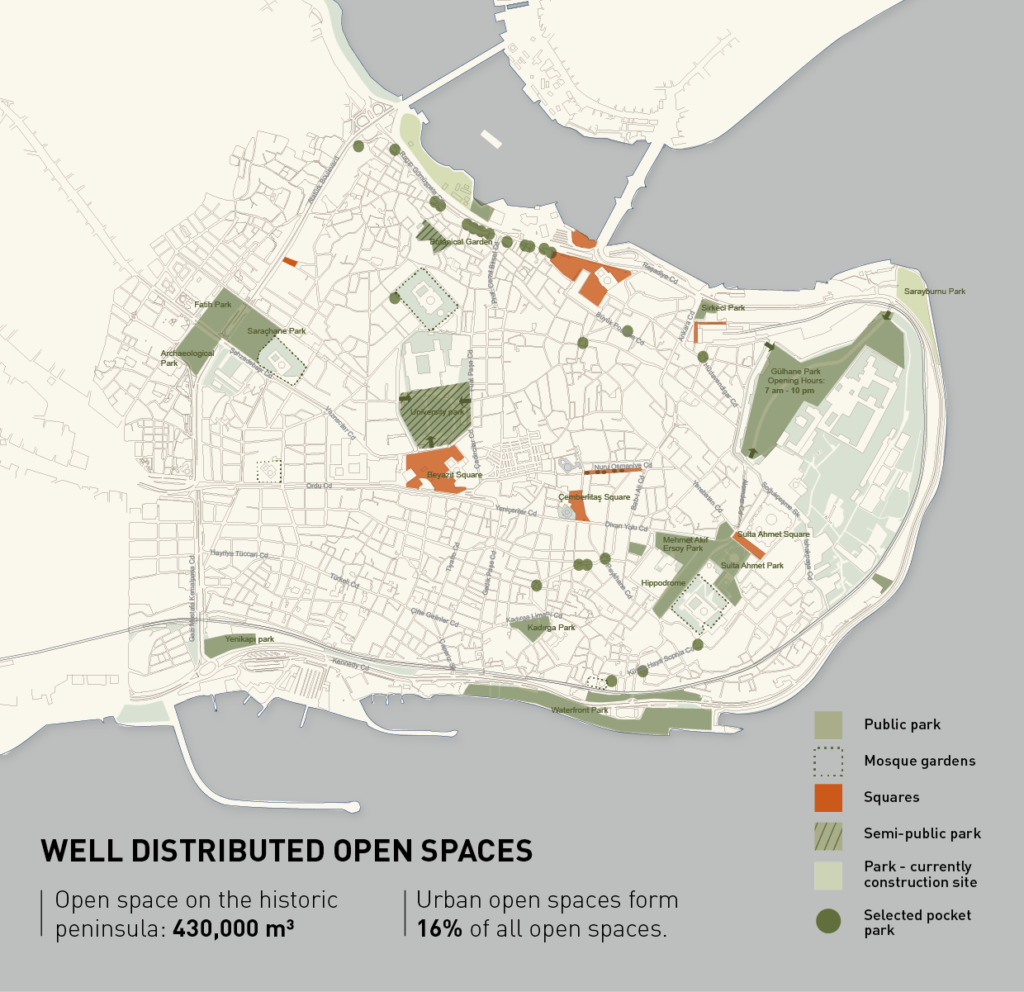
Istanbul is a vibrant, creative city with millennia of human history. The historical peninsula at the heart of the city has a stunning skyline silhouetting the architectural masterpieces perching atop the hilltops, making it one of UNESCO’s world heritage sites of Outstanding Universal Value. But Istanbul is also one of the fastest growing and most environmentally challenging cities in the world – a unique heritage city under threat from population pressure, pollution and uncontrolled urbanization.
In 2010 EMBARQ’s director in Turkey, Sibel Bülay, visited Gehl in Copenhagen. EMBARQ is one of Gehl’s long-term partners. A programme of the World Resources Institute in Washington D.C., EMBARQ’s mission is to catalyse and help implement sustainable transport solutions. In all our collaborations, EMBARQ rely on Gehl to bring a people-centred focus to the work they do in reducing pollution, improving public health, and creating safe and accessible cities.
Improving Public Spaces to Nurture Public Life
The result of our collaboration in Istanbul was a Public Space/Public Life study, analysing challenges and making concrete recommendations to turn Istanbul into a better place for the people living and working in the city. Our trademark studies measure how people move around and use cities to identify the potential for improving the quality of urban life. Looking at the city at eye level, they put people at the top of the planning agenda, and bring the public realm into focus as a basis for the strategies and projects we develop.
In Istanbul we focussed on the relationship between pedestrians and the traffic that dominates their daily lives. The population of the city multiplies by five every day, as students, business owners, shoppers and tourists pour into the city. Over 2 million daily travellers has resulted in Istanbul having the second worst level of congestion in the world, which has a massive impact on the quality of public life and creates major challenges to moving around the city on foot. In our 2011 report we focussed our energies on improving walkability and accessibility on the streets of Istanbul.

Challenges at Street Level
As our survey revealed, Istanbul has a large population of pedestrians, who bring life to the streets of the city. But there are endless obstacles that limit their opportunities to enjoy the unique streetscapes on offer. The connections between attractions are poor and badly marked, the overcrowded footpaths are suffering from wear and tear, and there’s an acute lack of pedestrian crossings. There is also an absence of street lighting in large parts of the city centre, making the streets feel unsafe at night. All of which makes negotiating the heavily congested city on foot difficult.
Istanbul also has a Mediterranean climate ideal for outdoor life, but as our report documented,
this vast potential is underused and further compromised by the noise and fumes generated by unplanned, invasive traffic.
As a result, the city’s wealth of architectural masterpieces – churches and palaces with mosaics and frescos, monumental cisterns, tombs and mosques – are difficult to get to and get between. And in many places their surroundings and the potential they hold as places to meet and relax are not celebrated – or respected. Like many of the city’s squares, they are often used as car parks.
A Walkability Toolbox
As well as history, Istanbul is rich in monuments and natural blue and green assets. It is surrounded by the waters of the Golden Horn, the Bosphorus and the Sea of Marmara, but the sea walls form barriers with limited gateways and crossings, creating a no-man’s land separating the city from the water. Istanbul also has a Mediterranean climate ideal for outdoor life, but as our report documented, this vast potential is underused and further compromised by the noise and fumes generated by unplanned, invasive traffic.
Given these challenges, the strategy we developed in collaboration with EMBARQ and the municipality is aimed at creating an accessible, walkable city for people. Included in our toolbox of suggested solutions are concrete recommendations for traffic calming, improved walking conditions and public transport, developing a vision that also celebrates the unique potential of the city by promoting its great waterfront, the potential of its public spaces, and its outstanding history.
A Spring Clean of the Streets
Key to the spring clean of the streets in our toolbox of recommendations is the development of a strong pedestrian network – a network of comfortable and continuous walking routes that are easy to navigate. This would improve connections to the waterfront and upgrade pedestrian crossings, as well as removing footpath clutter and adding attractive street lighting. Well-designed street signs and other markers of place like characteristic benches, paving and greenery would also help people find their way to key destinations and local places and treasures.
The strategies we developed to redress the balance between people and cars have already been taken on board, with the pedestrianisation of over 200 streets. Initiatives are also underway to clean up and celebrate the spaces around landmark buildings to make them into places for people. Combined with a greater awareness of how to plan and direct traffic with people in mind, initiatives like these can help Istanbul protect and preserve its unique past in a more liveable, walkable city for the people of today and tomorrow.
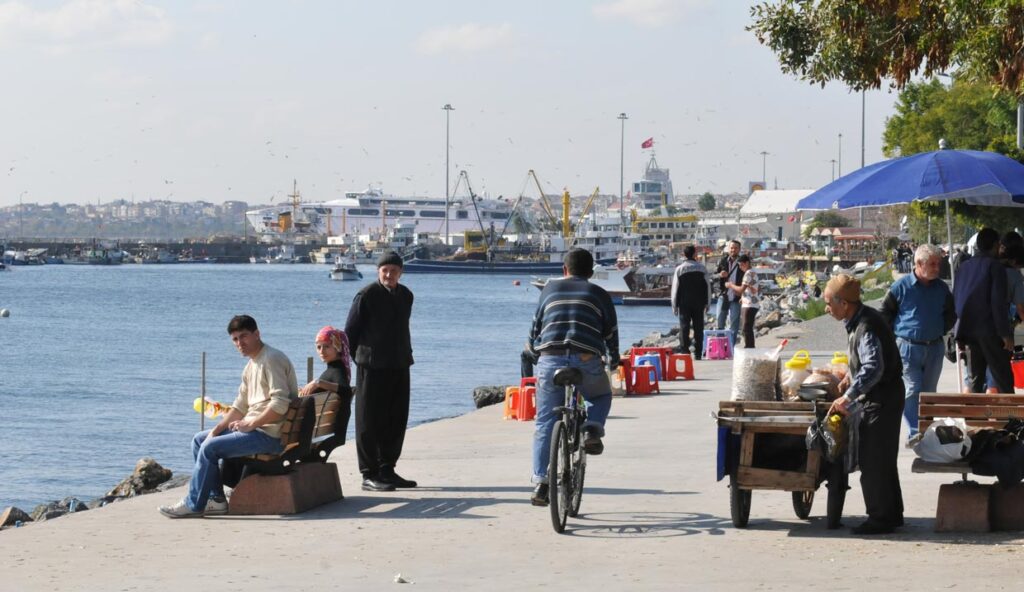
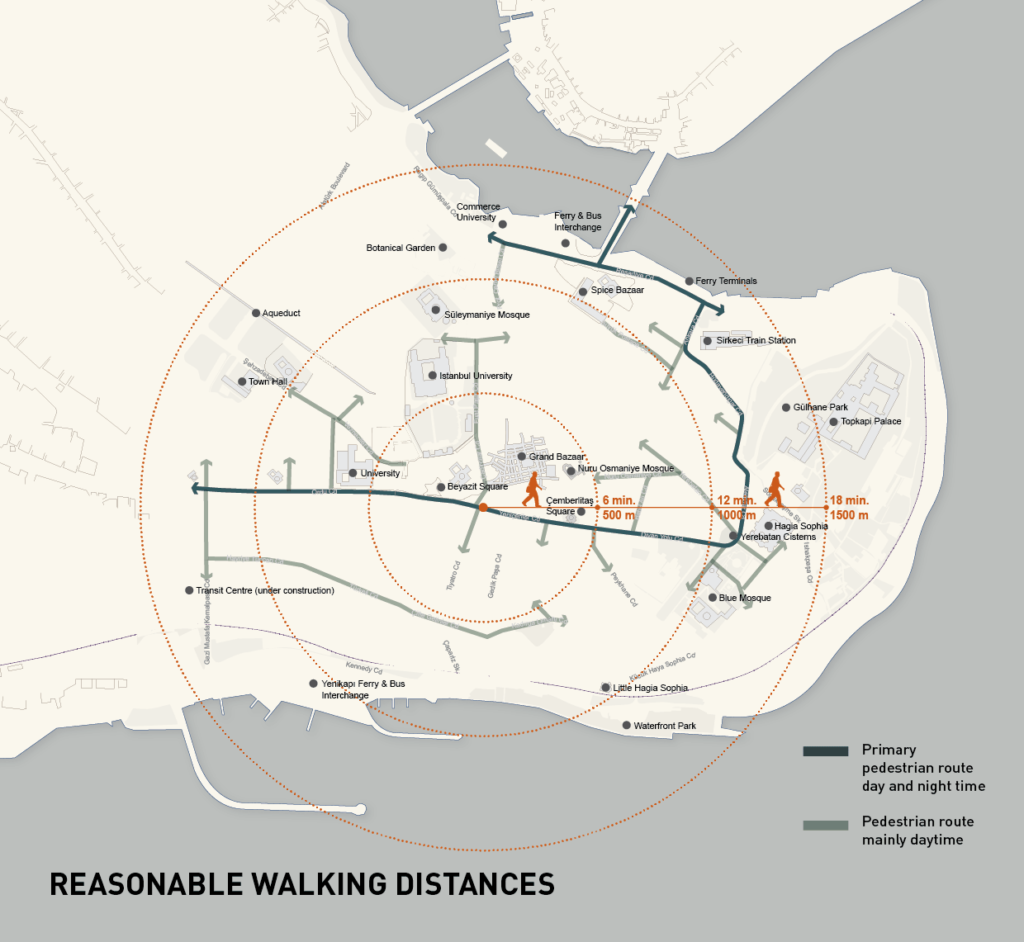
Team members: Henriette Vamberg, Malin Nilsson (Gehl Architects)
Program: Urban Strategy, Public space public life analysis and recommendations
Location: Istanbul, Turkey
Conclusion
References
About the author
Related articles


Architecture Professional Degree Delisting: Explained

Periodic Table for Urban Design and Planning Elements


History of Urban Planning in India
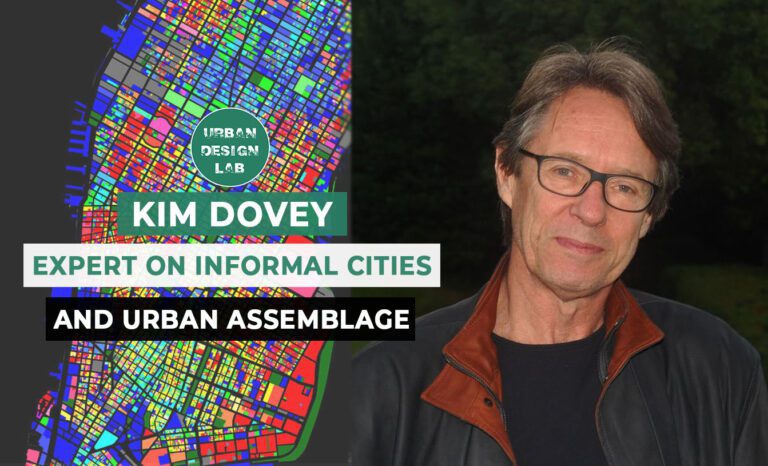
Kim Dovey: Leading Theories on Informal Cities and Urban Assemblage
UDL GIS
Masterclass
Gis Made Easy- Learn to Map, Analyse and Transform Urban Futures
Session Dates
15th-19th December 2025

Urban Design Lab
Be the part of our Network
Stay updated on workshops, design tools, and calls for collaboration
Curating the best graduate thesis project globally!

Free E-Book
From thesis to Portfolio
A Guide to Convert Academic Work into a Professional Portfolio”
Recent Posts
- Article Posted:
- Article Posted:
- Article Posted:
- Article Posted:
- Article Posted:
- Article Posted:
- Article Posted:
- Article Posted:
- Article Posted:
- Article Posted:
- Article Posted:
- Article Posted:
- Article Posted:
Sign up for our Newsletter
“Let’s explore the new avenues of Urban environment together “

























